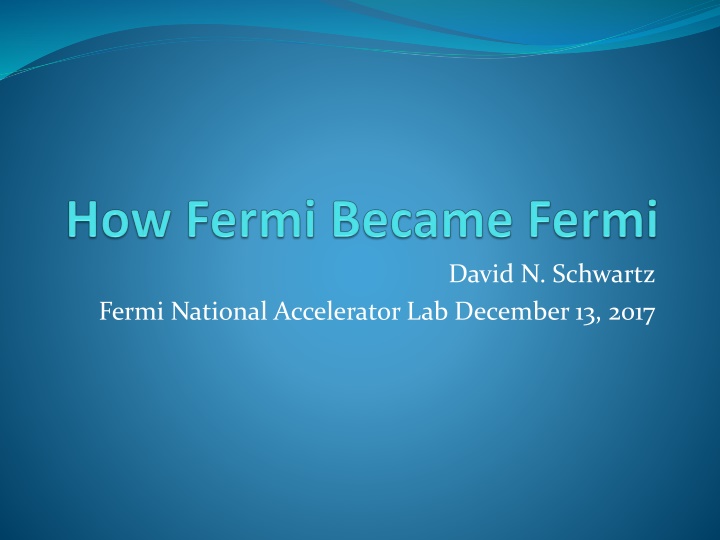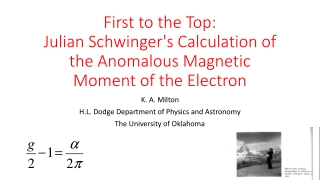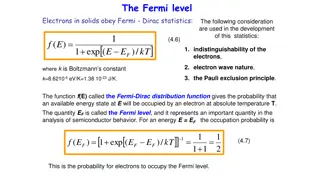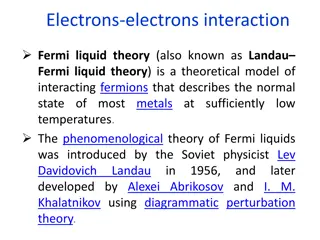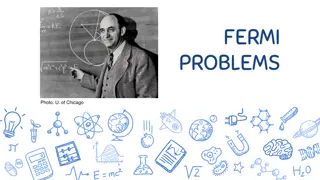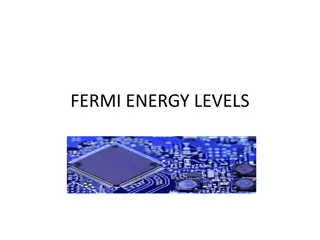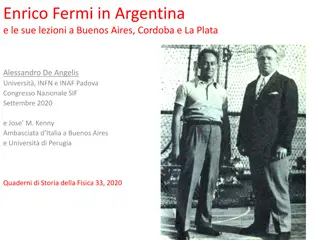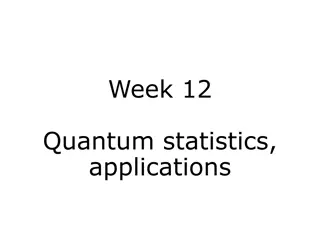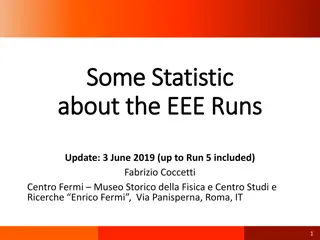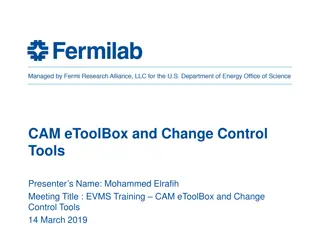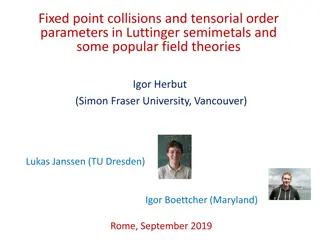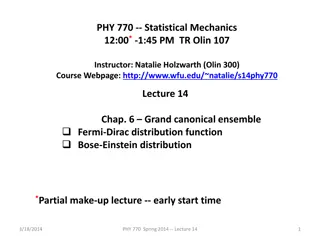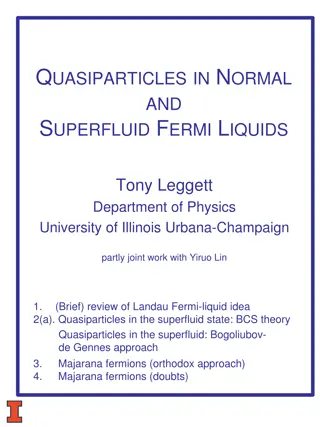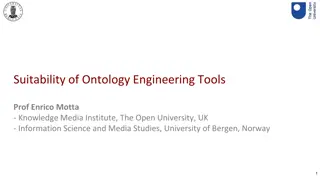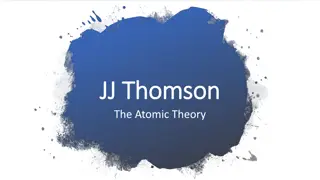The Fascinating Life and Work of Physicist Enrico Fermi
Enrico Fermi, a renowned physicist, made significant contributions to the field of quantum mechanics and nuclear physics. Born in Rome in 1901, he went on to receive the Nobel Prize in 1938 for his work on slow neutrons. Fermi's innovative approach as a theorist and experimenter set him apart in the scientific community. This summary explores key dates in his life, highlights his unique methods and achievements, and delves into the nature versus nurture debate surrounding his genius.
Download Presentation

Please find below an Image/Link to download the presentation.
The content on the website is provided AS IS for your information and personal use only. It may not be sold, licensed, or shared on other websites without obtaining consent from the author.If you encounter any issues during the download, it is possible that the publisher has removed the file from their server.
You are allowed to download the files provided on this website for personal or commercial use, subject to the condition that they are used lawfully. All files are the property of their respective owners.
The content on the website is provided AS IS for your information and personal use only. It may not be sold, licensed, or shared on other websites without obtaining consent from the author.
E N D
Presentation Transcript
David N. Schwartz Fermi National Accelerator Lab December 13, 2017
How I think of him There s a story behind that orange line on the right of the image ..
KEY DATES 1901 Born in Rome 1922 Graduate University 1925 Statistics 1926 Professor at University of Rome 1933 Theory of Beta Decay 1934 Slow neutrons 1938 Nobel Prize 1939 Professor at Columbia 1942 Move to Chicago 1942 CP-1 1943 45 Manhattan Project 1946 Back to Chicago 1954 Death from cancer age 53
Fermi as a Theorist Fermi used ideas from one area to solve problems in other seemingly unrelated areas Pauli s exclusion principle applied to electron orbitals. Fermi applied it to atoms in a monatomic gas - Fermi Dirac Statistics. Dirac s quantum field applied to electrodynamics. Fermi applied it to beta decay.
Rough and ready, little interest in elegance Hands on, played a central part in every experiment. Never make something more accurate than it needs to be. Neutron experiments, CP-1 Pion experiments, cyclotron trolley
How Fermi Became Fermi Nature what he was born with Nurture what he was given Circumstance the accidents of his life
Nature As a child his genius was recognized The story of Reye s Projective Geometry The story of spinning tops Poisson s Mechanics Chwolson s Treatise Not fast contrast with von Neumann - BUT Thoroughness and ferocious curiosity
Nurture Amidei s curriculum Trig, Analytical Geometry, Calc Poisson s Two Volume Mechanique Impact of other mentors Puccianti, Ehrenfest, Born, Corbino Impact of colleagues the need to teach
Circumstance If Fermi had been born a few years earlier, one could well imagine him discovering Rutherford s atomic nucleus, and then developing Bohr s theory of the hydrogen atom. If this sounds like hyperbole, anything about Fermi is likely to sound like hyperbole. CP Snow
Circumstance Rise of fascism in Fermi s early years Quantum problems of 1923 1925 Failure to observe fission 1934 Szilard s presence at Columbia 1939 Fermi born in 1850? Fermi born in 2000?
He really did say: Emilio, I am getting rusty and old. I cannot follow the highbrow theory developed by Oppenheimer s pupils anymore. I went to their seminar and was depressed by my inability to understand them. Only the last sentence cheered me up; it was, and this is Fermi s theory of beta decay.
